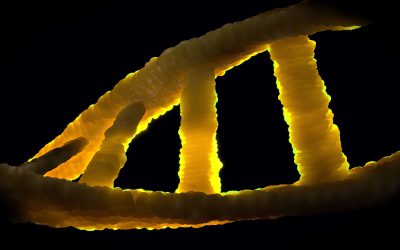Why do you need one author to write a scientific paper in philosophy and up to 5,154 for one physics? How far better must philosophers be in typewriting if they manage to the job of over 5,000 physicists? As of 1 June 2017 we start this blog by looking at the use of authorship in scholarly publishing. How is authorship spelled in different scientific disciplines? How did evolve in the last years? What do you, as a scientist, need to contribute to a scientific project, to call yourself an author of a respective publication? We analysed a bibliographic data base with more than with more than 22000 peer-reviewed journals and in 27 subject areas to answer these questions. Now we want to share our results.
What is your take on Authorship? We welcome contributions on this topic.
Multidisciplinary science – multiple authors?
Bibliometrics for the 20 highest performing authors in Multidisciplinary Science.
Authorship in mathematics
The 20 highest performing authors in Mathematics publish third most articles but have comparably low bibliometrics.
Chemically linked authors
Bibliometrics for the subject areas Chemical Engineering, Chemistry, as well as Pharmacology, Toxicology, and Pharmaceutics for the 20 highest performing authors
The Arts and the authorship
Bibliometrics for the subject areas Arts and Humanities as well as Social Sciences for the 20 highest performing authors.
11000111 authors
Bibliometrics for the subject areas Computer Science and Decision Sciences for the 20 highest performing authors.
Taking care of people – and authorship
Bibliometrics for the subject areas Dentistry, Health Professions, Nursing, and Psychology for the 20 highest performing authors.
Small organisms, high citation rates
On average, Immunology and Microbiology, Neuroscience as well as Biochemistry, Genetics, and Molecular Biology have the highest citation rates.
Earth, Environment, and authors
Bibliometrics of the 20 highest performing authors in Earth and Planetary Sciences as well as Environmental Sciences.
Old MacDonald had coauthors
Bibliometrics of the 20 highest performing authors in Agricultural and Biological Sciences as well as Veterinary Science.
Authorship in business and economy
Bibliometrics of the 20 highest performing authors in Business, Management, and Accounting as well as Economics, Econometrics, and Finance.
Authorship in engineering
Bibliometrics of the 20 highest performing authors in Energy, Engineering, and Materials Science.
Doctor coauthor
The 20 highest performing authors in Medicine published more than 7700 articles in seven years.
Factory science
How many authors does it really need to write a paper?
How to analyse authorship
Methodology for analysing the number of authors per article using meta data from Scopus.
Et alia mille
On average, the 20 highest performing authors in Physics and Astronomy have more than 1200 coauthors per article.
No Results Found
The page you requested could not be found. Try refining your search, or use the navigation above to locate the post.
No Results Found
The page you requested could not be found. Try refining your search, or use the navigation above to locate the post.















